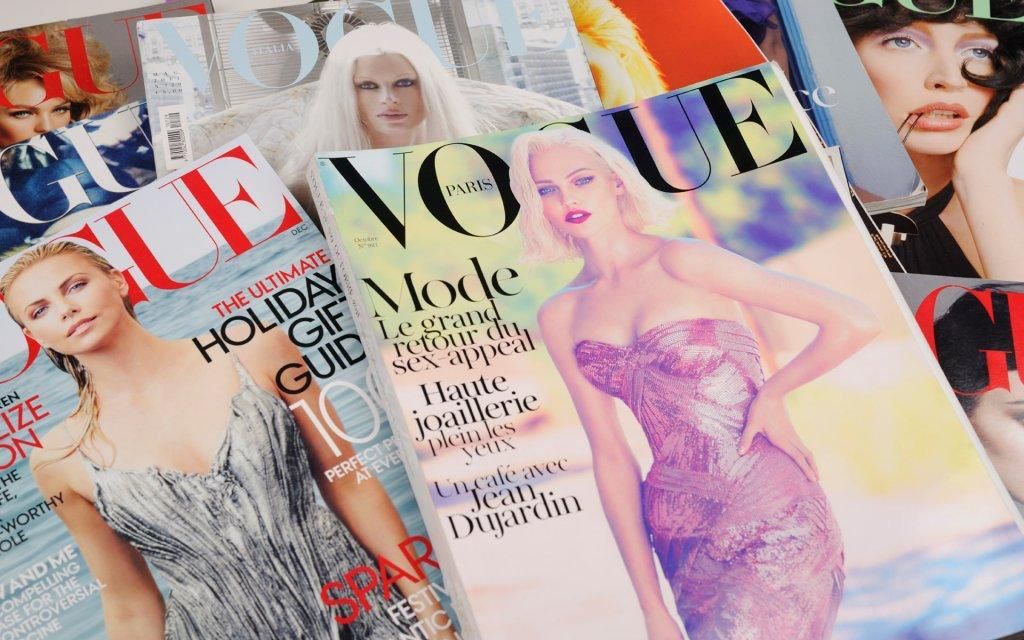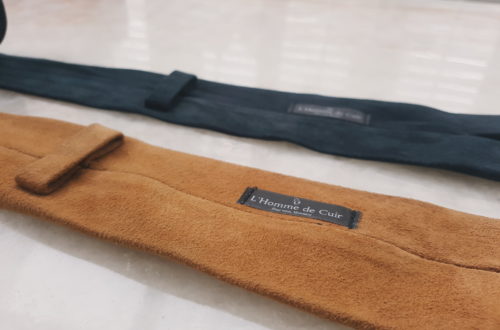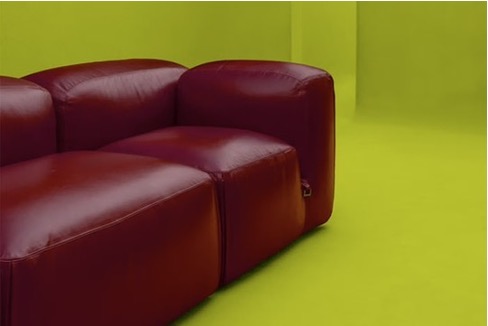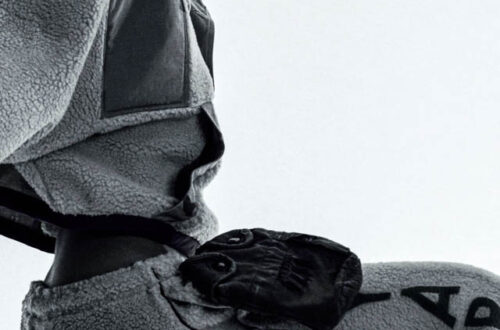Vogue. This word is synonymous of fashion, prestige, status, timeless elegance, charm, and many other terms that could be used to describe the glamour of this historical magazine. However, is Vogue just a fashion magazine? The answer is no. Vogue is much more, it is a beacon of hope for those seeking in art, culture, and fashion a way of life. It is a keepsake, an abstract venerable entity that has tracked the path of fashion of the latest two centuries.
To put it in economic terms and give an idea of what Vogue represents for the fashion industry, it is an actual global brand internationally recognized and it is the key news organization of the publishing company Condé Nast.
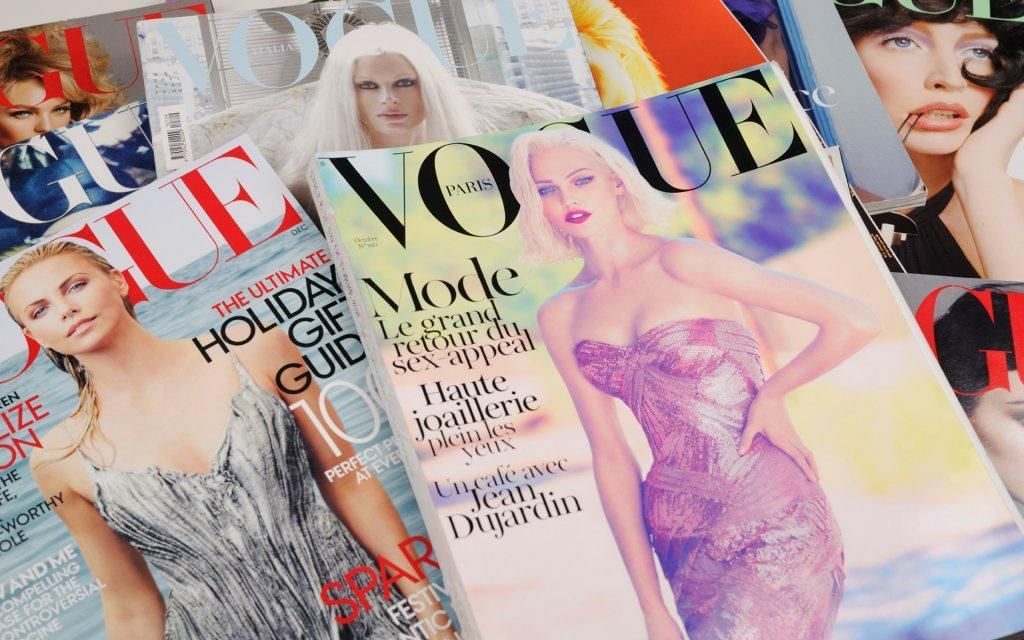
However, what really sums up the influence and power that Vogue exerts on people is its authority: since its establishment in 1892 by Arthur Baldwin Turnure, Vogue has always been on the front line in dictating new trends, becoming the highest expression of fashion journalism. Nevertheless, Vogue’s consistency in influencing generations has been accompanied by a huge long-lasting evolution throughout its history, in order to keep the magazine in line with the times.
Originally, the purpose of Vogue was to portray New York’s upper class, depicting its lifestyle and interests. The first images that appeared on the magazine, in fact, figured fancy women wearing luxurious magnificent dresses and large hats. In 1909, Condé Nast acquired Vogue and introduced significant changes to the magazine. The covers became consistently more colorful with the aim of arousing in the reader the same effect of staring at real artworks. More importantly, Condé Nast managed to broaden Vogue’s sphere of action by selling it not just in America but also in London, creating the second headquarter and making Vogue an international magazine. This was just the first move of expansion by the management, which subsequently decided to open headquarters all over the world, with a special focus on France (1920) and Italy (1962).
As the years went by, Vogue switched from covers based on images to covers representing models whose shootings were realized by leading names in the world of photography. That is when these two industries became inseparably linked, with the success of the magazine being deeply related to the “wow effect” that the shootings could evoke in readers.
The purpose of the editorial directors who have succeeded at the head of Vogue was to summarize what women of different ages were expecting to see, namely a mirror of themselves, their fantasies and dreams. Vogue, indeed, did not exclusively advertise brands or labels, but it took charge of spreading and promoting a lifestyle in which people could identify, whatever the brands. This is what is meant by “beacon of hope”, because Vogue is the gateway through people’s dreams and hopes; it is the world of fashion made accessible to anyone. It is during the Seventies that this feeling was strengthened by the rise of the so called “street-style” where models were no longer considered housewives but free and sensual women.
However, it is only with the direction of Anna Wintour, who took the Editor in Chief role in 1988, that Vogue completed its final transformation into an inclusive and democratic magazine, getting closer to the whole society it aims to represent and inspire.
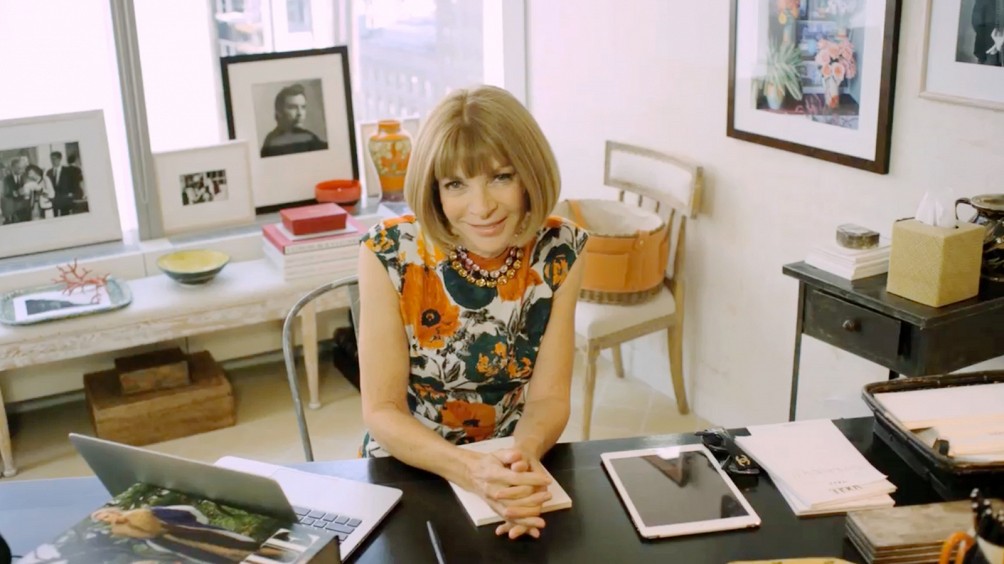
Representing an entire society requires Vogue to not just focus on the fashion system: the magazine has always embraced several topics surrounding the fashion industry, from politics to environmental issues and human rights. This is why Vogue can’t be considered solely a fashion magazine, but rather a cultural journal. As Franca Sozzani, former Editor of Vogue Italia, always claimed: “Fashion is not just about clothes, it is about life”. The success of Vogue relies, thus, on its ability to adapt to the social and cultural evolution through different eras, finding its perfect balance between fashion, fantasy, dream and reality.
However, Vogue, along with the totality of fashion magazines, is now facing its biggest challenge, given by the changes that the digital era has brought in the fashion world. According to Professor Frances Corner, Head of the London College of Fashion: “The evolution of technology and social media has allowed all consumers to have a voice. Fashion is now far more democratic. There is no one bible and there is a marked shift in the way we consume fashion: the sources of our inspiration are increasingly fragmented and tailored to more specific audiences”. Let us consider Fashion Weeks: the era when runways were limited-number events and collections were revealed through such magazines is far in time. Today, runways are live-streamed and customers have immediate access to the clothes presented. This means that, inevitably, fashion magazines have lost their power. Hence, a question arises: are fashion magazines going to last or disappear? Only time will tell, but Bronwyn Cosgrave, former Features Editor at British Vogue, claims: “Magazine publishers simply have to work harder for attention in a competitive market. They need to diversify and become omni-platform businesses”.
In 123 years, Vogue has witnessed several changes and has always been able to find its place in society, sometimes anticipating or leading the transformation. To win this final challenge, according to Anna Wintour herself, Vogue will need to keep doing what it does best: “tell stories, which is the only way to emotionally engage the reader”. Because, once again, Vogue is not just a fashion magazine.
By Mattia Segantin

